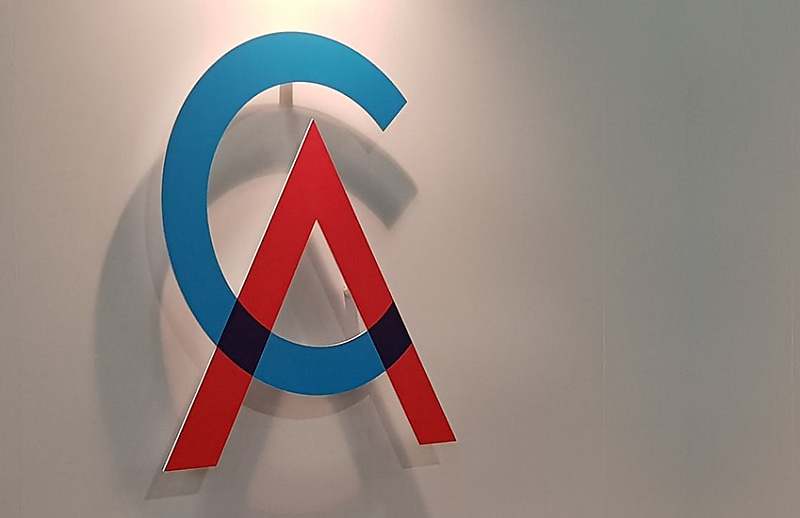CA ANZ releases fresh guidance on emissions measurement for SMEs
BusinessCA ANZ has urged small businesses to educate themselves on emissions measurement as climate-related financial disclosure requirements kick in throughout their supply chains.

On Thursday (9 October), CA ANZ released fresh guidance for SMEs that may be indirectly caught by mandatory climate-related financial disclosure rules, which commenced this year.
“Mandatory climate-related financial disclosures commenced for large businesses and financial institutions at the beginning of this year, but what smaller businesses may not realise is this could also affect them,” chief executive Ainslie van Onselen said.
“While there is currently no obligation for small businesses to report information relating to their GHG emissions, if SMEs are in the supply chain for large businesses or government, they may be asked to provide this information, especially if they are in high-emitting sectors such as Energy, Agriculture and Transportation and Logistics.”
CA ANZ’s guide, made in collaboration with the Australian Small Business and Family Enterprise Ombudsman (ASBFEO), sought to help SMEs understand how they could be affected by the mandatory climate-related financial disclosure rules.
Under the rules, there is currently no obligation for small businesses to provide information about their greenhouse gas (GHG) emissions to the large reporting entities in their supply chains.
While the industry adjusted to the new rules, CA ANZ expected reporting entities to use estimates and industry averages to report their Scope 3 emissions, rather than sourcing the information directly from suppliers or customers.
However, over time, CA ANZ predicted that reporting entities would start to request this information directly from their trading partners. This was especially true for businesses with high Scope 1 GHG emissions, or those in high-emitting sectors such as transport, logistics or agriculture.
Being on top of GHG emissions reporting could have competitive advantages for SMEs, the guide noted, as reporting entities looked to reduce their reported emissions.
“There may be competitive advantages for small businesses that provide climate-related financial disclosures, or climate-related information, as part of potential tenders or to communicate to customers your sustainability strategy,” the guide said.
CA ANZ added that more guides and resources were becoming available to help businesses calculate their carbon emissions.
For example, property and construction advisory firm Slattery recently unveiled a new ‘spend-based’ emissions calculation tool which converted construction spend into an estimate for carbon emissions.
“Construction can account for a significant share of a business’ Scope 3 footprint, something that may come as a surprise next year when mandatory reporting kicks in,” director of carbon planning at Slattery, Tom Dean, said.
“Retailers, banks and financial institutions, as well as education and healthcare providers, all indirectly generate substantial Scope 3 emissions from building and construction. Until now, measuring that impact has largely been a grey area.
“We saw this as an opportunity to put accurate, standardised reporting in place well ahead of the June 2026 deadline. Without a tool like this, reporting risks being inconsistent and unreliable across sectors.”
CA ANZ also pointed SMEs towards free resources, including ASIC’s Sustainability Reporting Guidelines, CA ANZ’s own sustainability playbook and Chartered Accountants Worldwide’s Carbon Footprint Guide.




